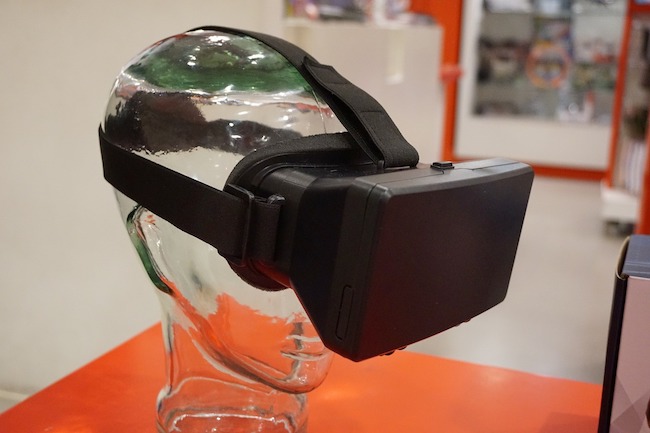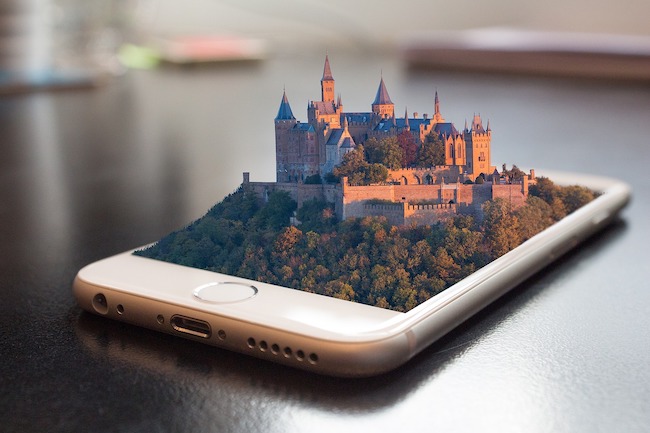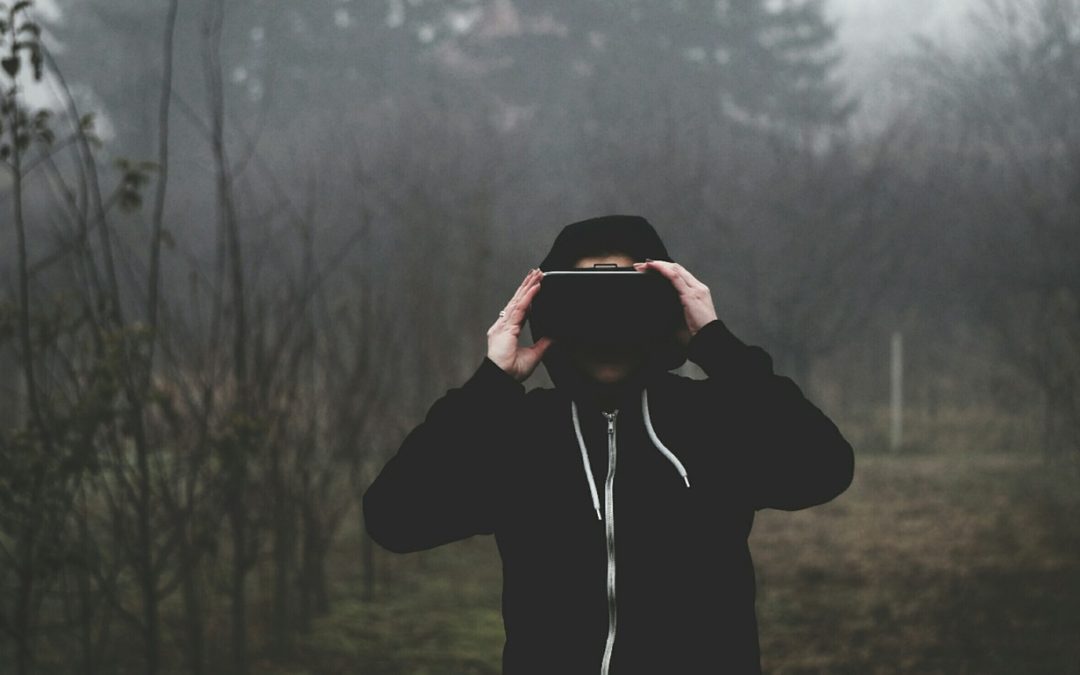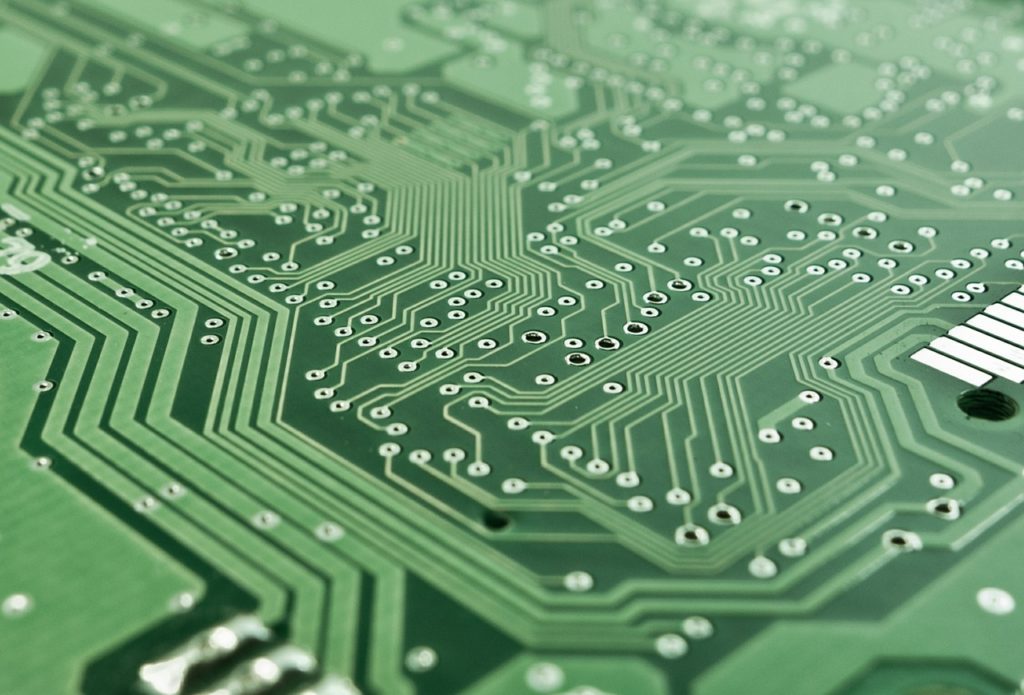By now, you may have already familiarized yourself with the world of virtual reality, or VR. This innovative technology lets a viewer interact with a digitally rendered world or object. The experience is spectacular, as this technology can manipulate the brain into believing that there is an actual environment present in front of the user.
Imagine the impact of such an innovation in the life of a user. Most of us are familiar with the entertainment side of this spectacular technology. However, VR’s applications are not limited to the gaming world and the rise of research in new technologies, including artificial intelligence, allows very interesting advances. Many businesses are embracing the technology and implementing its mechanics in their B2B and B2C services. Thus, VR also has a side that aims for a pragmatic outlook towards mass commercialization.
This post will highlight some of the top non-entertainment or non-gaming applications that are being perfected every day as well as progress through the world of VR.

An approach towards field training
VR high-end applications providing a detailed field simulation has enabled personnel to practice their profession without risking mishaps. For instance, firefighters, law enforcers, and pilots are being trained using VR simulations where the risks of dangers, as well as monetary expenses, are reduced for trainees. With VR, the experience of such a trainee is so realistic that it does not even feel like a digital world.
This way, the brain can be manipulated to believing that the training is as real as in an actual world. A practical example of such an application used in firefighting training is the FLAIM System. The app was a part of the CES 2017 exhibition to demonstrate its operability towards benefiting firefighters in their training regimen.
Virtual Trade Shows
Another commercial sector that may see a rise in virtual reality technology is the business of trade shows and events. As a business executive, you may be familiar with the costs of organizing an event for marketing, trading, etc. Imagine the amount you can conserve with the use of a VR trade show. Moreover, such a technology will also lower the expenses of renting or arranging a field for preparing for an event.
Additionally, there is a scope of attracting viewers of all ages because of the fascinating concept of interacting with the virtual world. All that will be required is a virtual presentation of the products or services with their demos displayed through VR headgear. Independent startup companies like InstaVR are already selling this concept to customers.

Implementing manipulation of a virtual object using VR/AR
Many businesses have had trouble selling products to their customers without investing time, effort and money. For instance, your customer, who has come to you to buy a couch, may want to view the piece of furniture inside his house. The chances are that he/she does not find the piece a good fit for the space. You may have to get it often replaced so that you can satisfy your customer. Imagine the labor expenses applied in such a scenario.
Fortunately, VR has a simple solution for this in the form of digital models of all your products, and not just furniture. Simply let your customer view the product through a VR headgear to inspect and select, without additional costs. The technology has been combined with augmented reality, or AR, to provide a more practical demonstration of a digital model. That means your customer will not just be able to view the product virtually, but will also have the freedom to move it around in his/her place as he/she sees fit. IKEA’s VR/AR features are a phenomenal example of such a technology, which they use for their customers.
Surgical practices
The medical profession, especially the surgical department, has been one of the riskiest fields. While a doctor has to be patient with the operations so that he/she can save his/her patient, the burden of committing errors bothers such professionals in their fields at times. Presently, medical trainees practice surgeries using cadavers. This training method has been going on for ages. It may do its work, but the thought of performing it on corpses still feels unclean at times.
With the help of VR-driven surgical simulations, there is a cleaner and more extensive way of teaching and training in the medical world. The use of both VR and AR has enabled many professionals to practice hassle-free. To make such an experience more realistic, apps also implement haptic feedback to mimic the organic activity, such as a heartbeat. You can check out VR applications for surgical simulations, like Osso VR and Ovid VR.

If you think that there is still time for VR to step up its game towards a more B2B or B2C approach, then you are mistaken. Many of these technologies are already being commercialized or are on the verge of commercialization for local businesses. It is a matter of awareness which can be fulfilled with the help of virtual reality and augmented reality.
No matter how exciting these technological applications may be, there is still time to implement them and sculpt them towards mainstream businesses carefully. The field of application is still nascent, but with time, it will soon pick up its pace. The only downside is awareness, which if enterprises miss, then they may not be able to implement it in their respective fields.





